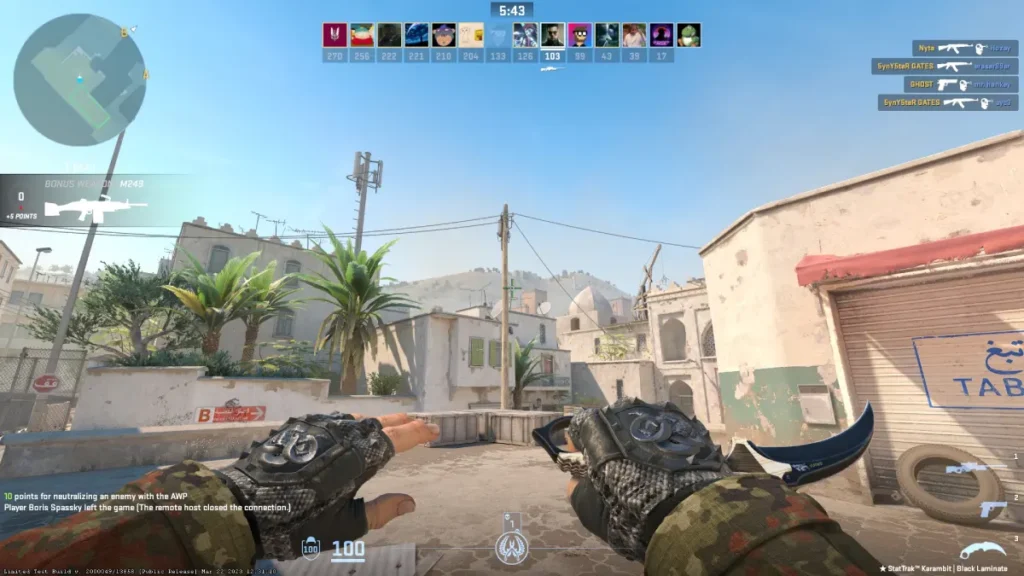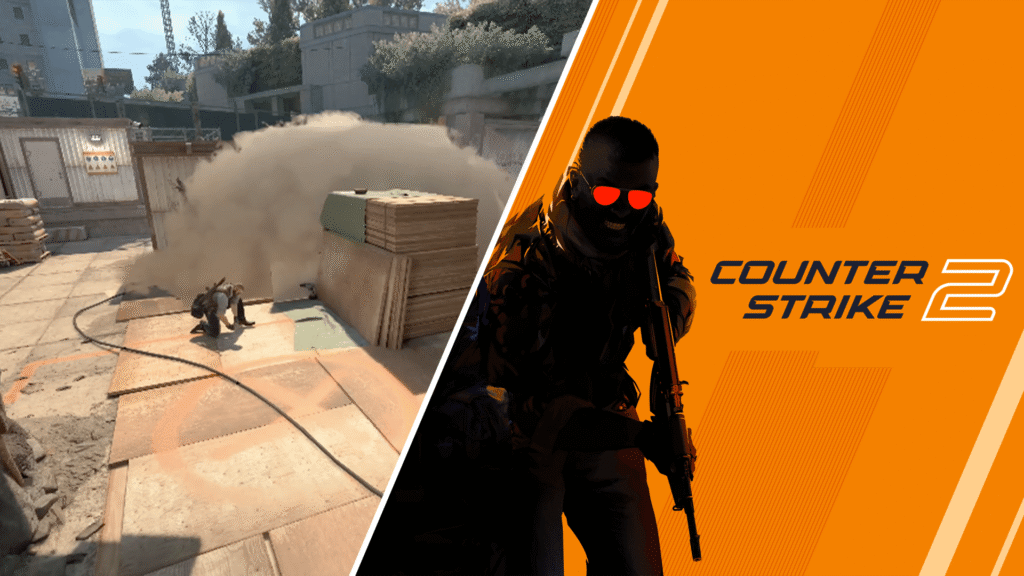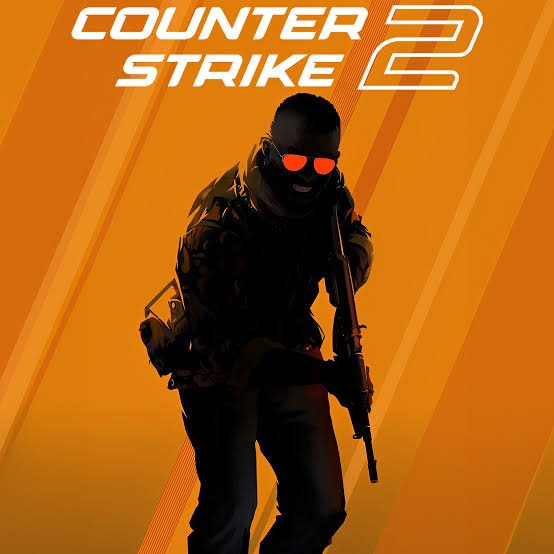October, 24, 2025
The cosmetic-item economy in Counter-Strike 2 has taken a dramatic hit — following a recent update from Valve Corporation, some of the highest-valued skins and knives that players treated as “digital assets” have seen massive losses in value. What once seemed like a thriving side-market for rare virtual items is now showing signs of instability and rapid correction.

What Happened
According to reports, the total market value of CS2 skins dropped by billions in just a short timeframe.
The trigger? An update introduced changes to how rare items are obtained or traded, which disrupted the supply-and-demand dynamics of the marketplace.
For example, items that were previously extremely rare and held high value have had their exclusivity diluted. The updated systems allowed more players to gain access to previously scarce items, increasing supply and undercutting prices.

Why It Matters
Digital Collectibles Are Not Immune to Market Forces
Though virtual items like weapon skins can feel like trophies rather than assets, the market treats them like assets when value is assigned. When the environment changes — new supply mechanisms, changes in drop rates, or altered trade-mechanics — value can fall fast.
Speculation + FOMO Fueled the Bubble
Many players and investors bought into the belief that rare skins would always rise in value. But when the update altered the scarcity narrative, much of that speculation collapsed. Analysis shows that panic selling has kicked in.
Broader Risks for Players and Investors
Gamers who treated skins as hobby collectibles may be less exposed. But those who treated them as investments face serious risks. Platforms built around trading skins now show dramatic volatility. Plus, third-party trading and resale markets add further layers of risk.
Key Factors Behind the Crash
- Supply Shift: The update made certain high-end items easier to obtain, reducing their rarity and thus their value.
- Speculative Demand Collapsed: Once the myth of “skins always going up” was broken, many rushed to sell.
- Liquidity and Market Depth Issues: Even big drops in value reflect limited buyers rather than equal seller/buyer balance.
- Psychological & Platform Risk: When a player treats a digital item like an asset, a sudden change can feel like a real loss even though the item is still playable — just worth less financially.
What This Means for Gamers
- If you’re a collector, this could be a moment to acquire skins at lower price points.
- A trader/investor, this should serve as a reminder: virtual items carry real risk.
- Casual player, it may not matter beyond visuals — but bear in mind that some skins may become less prestigious or desirable if everyone gains access.

What to Watch Going Forward
- Will Valve release further updates that affect rarity, drop mechanics or trade systems?
- Third-party markets adjust or shrink due to volatility and regulatory scrutiny?
- Will the community sentiment shift permanently away from treating skins as investments?
- Are there better alternatives for players who just want to enjoy skins rather than speculate?
Conclusion
The crash in the Counter-Strike 2 skins market is a powerful reminder: even digital collectibles are subject to the laws of economics. What once felt like a sure bet – rare skins increasing in value – has proven to be fragile. Whether this leads to a stabilized market or further corrections remains to be seen. For now, the message is clear: treat virtual items as what they are first — game cosmetics — and only as investment secondary.
Over $1 Billion in Counter Strike Market Cap Lost Overnight
penguinz0 channel on Youtube reaction,
More Info on that topic : HERE
